1900s
Mystery Illustration 103
What job necessitates this woman's outfit?The answer is here. (Scroll up a tad.)
Or after the jump.
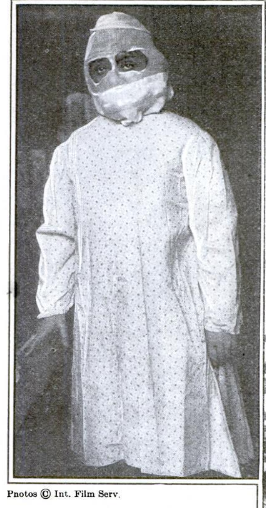
More in extended >>
Posted By: Paul - Tue Oct 05, 2021 -
Comments (3)
Category: Costumes and Masks, 1900s, 1910s
Ameta
I like the tornado effect towards the end.
Posted By: Paul - Mon Sep 13, 2021 -
Comments (0)
Category: Entertainment, Dance, Special Effects, 1900s
Follies of the Madmen #514
A face to inspire confidence?The source.
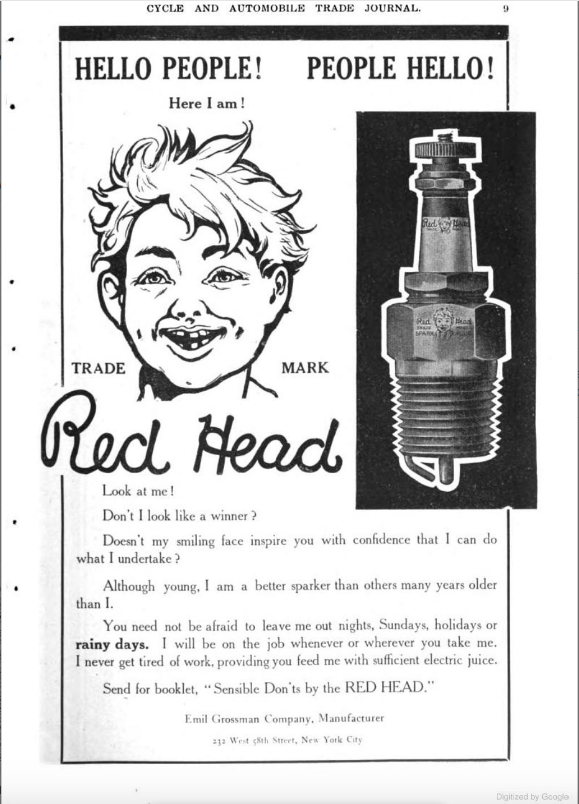
Posted By: Paul - Mon Aug 30, 2021 -
Comments (1)
Category: Business, Advertising, Intelligence, Motor Vehicles, 1900s
As In a Looking Glass
Posted By: Paul - Fri Aug 20, 2021 -
Comments (0)
Category: 1900s, Pranks
Madeleine Ravier’s Bicycle for Animals
Humans have invented mechanical devices, such as bicycles, that allow us to move faster by amplifying the power of our limbs. Madeleine Ravier of Paris argued that what works for people should also work for animals. So she invented and, in 1907, patented a "Cycles pour animaux," or 'bicycle for animals'.Her patent is in French, but the automatic translation is fairly comprehensible. Here's part of it.
Quite recently (less than 50 years ago), understanding the imperfection of his own limbs, he endowed them with mobile mechanisms, he put cycles, devices formed of 2 or 3 wheels between the legs. and of a few light and simple organs, with which he has prodigiously increased the extent of his movements without the help of external energy.
He thus achieved 370 kilometers in 12 hours (cyclist Cadolle), and even 45,764 kilometers (record of cyclist Bouhours), while excellent athletes, on their limbs, did not achieve, at most, at the same time of 12 hours than the already very high distances of 113 kilometers (walker 5o Hibbird) or ikh kilometers (rowell runner)....
What man did for himself he can do it for animals, or at least for some of them; There is a way to increase the efficiency of their limbs by the intercalation, between these limbs and the field of motion, of mechanical devices receiving the reciprocating motion of the limbs, transforming it into continuous rotary motion, and ending in rotating parts; and the result obtained can be used to make animals move man faster and farther than has hitherto been done by using them.
Ravier imagined making bicycles for all kinds of animals including "mules, donkeys, elephants, camels, dromedaries, etc.". But she started with a bicycle for horses, as shown below.

I have no idea if she ever built and tested one of these horse bicycles. The language barrier makes researching this a challenge.
Posted By: Alex - Sun Aug 08, 2021 -
Comments (5)
Category: Animals, Bicycles and Other Human-powered Vehicles, Inventions, Patents, 1900s
Rengo fruit for obesity
A "remedy for obesity" marketed circa 1906. It supposedly was made from the "Rengo fruit". In Nostrums and Quackery (1912) the American Medical Association offered this analysis:Rengo has been analyzed and, according to Dr. Kebler's analysis, contains: Thyroid gland, Poke root, Cascara, Cassia fistula.
That the prolonged administration of thyroid gland will sometimes bring about a marked reduction in weight is true but its use even under skilled medical supervision is fraught with danger. It is little less than criminal that ignorant quacks of Kellogg's type should be permitted to distribute indiscriminately drugs that have the potency for harm that is possessed by the thyroid preparations.

source: flickr

Posted By: Alex - Thu Jun 10, 2021 -
Comments (4)
Category: Patent Medicines, Nostrums and Snake Oil, Fruit, 1900s
The Bisga Fluid Man
He's three-months dead but still looking good, thanks to Bisga embalming fluid!The ad ran in funeral trade magazines such as The Sunnyside, circa 1902 and 1903.

source: researchgate

source: cult of weird
The historian Jani Scandura offers some commentary about the ad in her article "Deadly Professions: 'Dracula,' Undertakers, and the Embalmed Corpse".
But in appearing to reaffirm middle-class markings through embalming, the Bisga advertisement reveals a more ominous truth: because of the laws regulating the use of corpses, the apparent gentleman's body most certainly belonged to an individual who had been destitute. He simply was remade to appear middle class.
Posted By: Alex - Tue Jun 08, 2021 -
Comments (3)
Category: Death, Advertising, 1900s
Mrs. Rorer’s Vegetable Cookery and Meat Substitutes
Beyond Meat? Impossible Burger? You'll turn your nose up at these after you've tasted some of Mrs. Rorer's vegetarian recipes!Read the whole book here.
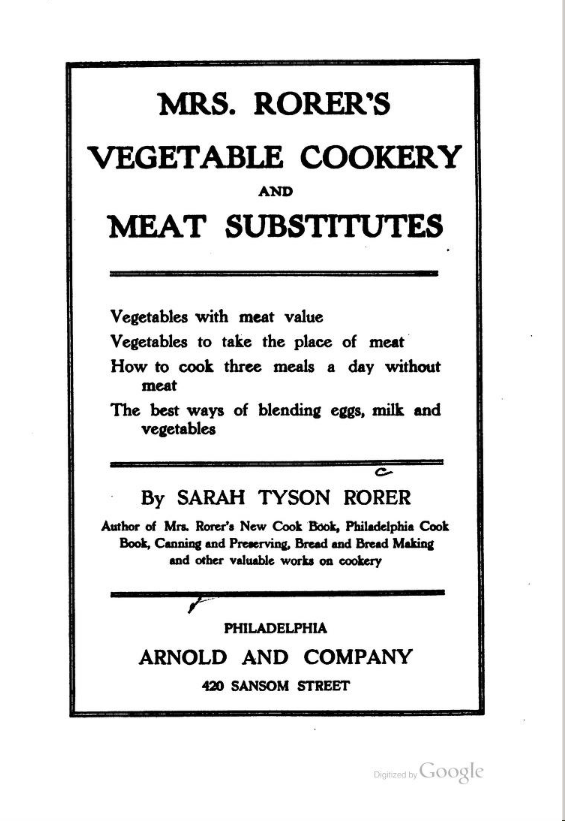
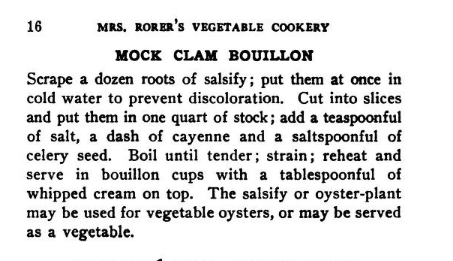
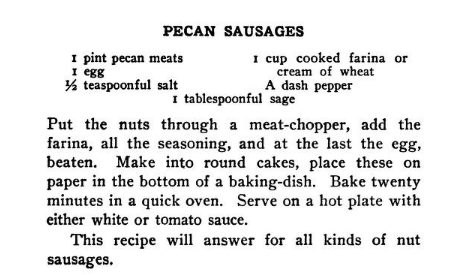
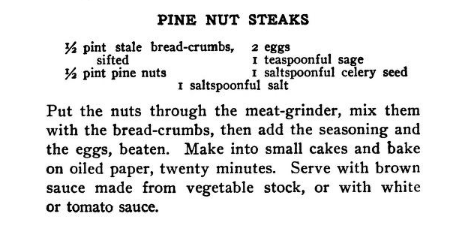
Posted By: Paul - Wed Apr 21, 2021 -
Comments (2)
Category: Food, Vegetarians and Vegans, 1900s, Nausea, Revulsion and Disgust
Unauthorized Dwellings 16
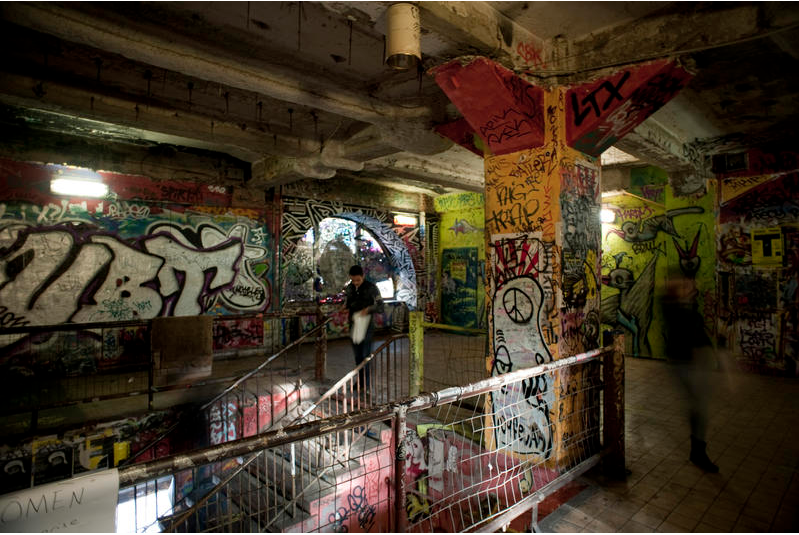
If you walked down Mitte’s Oranienburger Straße at any point between 1990 and 2012, you would have likely noticed a commanding, if dishevelled, structure located just a short distance from the synagogue. Up until five years ago, the second-most visited art attraction in Berlin wasn’t the East Side Gallery or Museum Island, it was this five-storey building: aka Kunsthaus Tacheles. Taken over by artists after the Wall fell in 1990, the building was transformed into a creative commune. It was quintessential post-Wende Berlin: upon their occupancy, the artists launched a legal battle for the property and rescued it from demolition, maintaining a presence for 22 years.
Full essay here.
The Wikipedia page.
Posted By: Paul - Mon Apr 19, 2021 -
Comments (0)
Category: Antisocial Activities, Art, Outsider Art, Unauthorized Dwellings, 1900s, 2000s, 2010s, Europe
Wild Party, 1905 Style
After the article, you can view one of Madame Gabrielle Réjane's silent films.Her Wikipedia page, with some great photos.
Source of article: The Inter Ocean (Chicago, Illinois) 05 Feb 1905, Sun Page 3
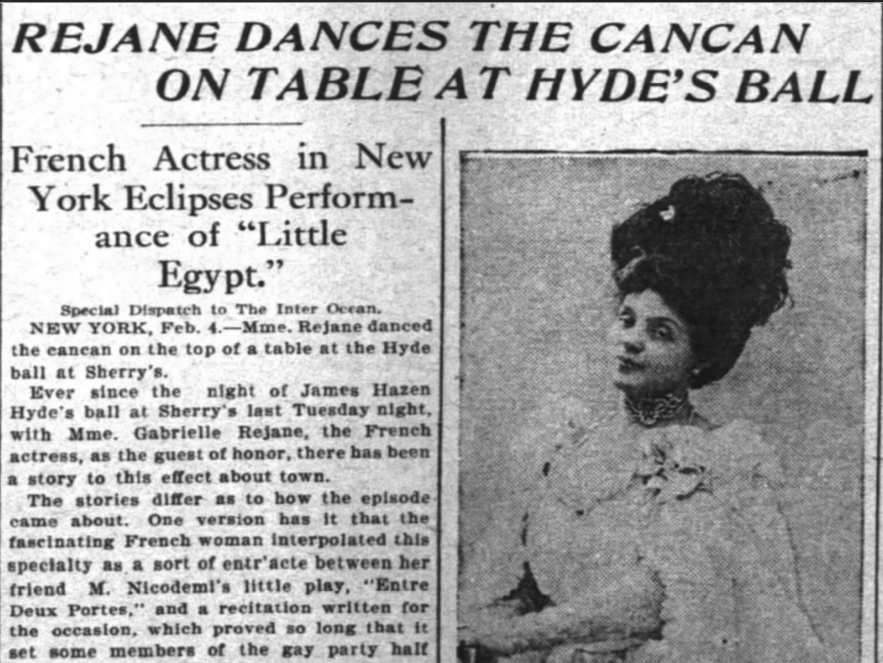
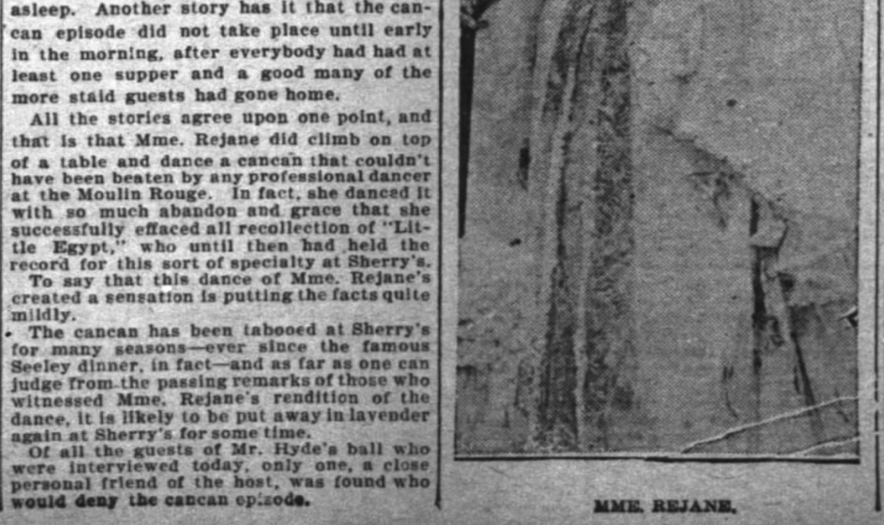
Posted By: Paul - Tue Apr 13, 2021 -
Comments (0)
Category: Dinners, Banquets, Parties, Tributes, Roasts and Other Celebrations, Movies, Publicity Stunts, Public Indecency, 1900s, Dance

| Who We Are |
|---|
| Alex Boese Alex is the creator and curator of the Museum of Hoaxes. He's also the author of various weird, non-fiction, science-themed books such as Elephants on Acid and Psychedelic Apes. Paul Di Filippo Paul has been paid to put weird ideas into fictional form for over thirty years, in his career as a noted science fiction writer. He has recently begun blogging on many curious topics with three fellow writers at The Inferior 4+1. Contact Us |




